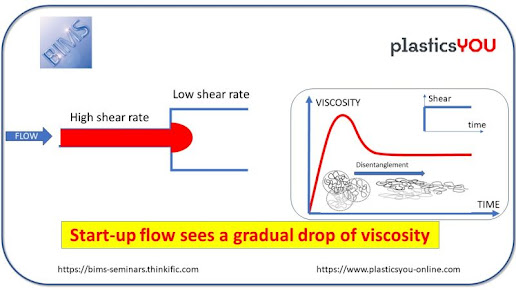Genomatica to Focus on Nylon Intermediates for 3rd Set of Biobased Processes in Development
Genomatica announced that major nylon intermediates – including hexamethylenediamine, caprolactam and adipic acid (HMD, CPL and ADA) – are the focus of its third publicly-disclosed development program. Genomatica is developing complete process technologies for the biobased production of these intermediates, which it will then license to major firms in the nylon value chain. These three chemicals, with a total market of over $18 billion per year, are used primarily in the production of nylon 6 and nylon 6,6, also referred to as the polyamides PA 6 and PA 6,6.
Genomatica has been building a comprehensive set of nylon program assets over the last few years. The nylon program builds on a large body of intellectual property (IP), which includes but is not limited to eight issued U.S. patents and numerous pending applications worldwide, as well as trade secrets that include engineered strains, with some of the IP developed internally and some from a recent IP acquisition. A number of the concepts described by Genomatica’s patent filings have been validated in experimental proofs of concept, demonstrating feasibility. These include the successful demonstration of certain metabolic pathways; production of certain nylon intermediates in various microorganisms; and efficient methods to produce and recover certain nylon intermediates from the fermentation.
Genomatica’s nylon intermediates program follows commercialization and licensing of its GENO BDO™ process, and strong progress with its butadiene program, which has gained over $100 million in industry support, with Versalis and Braskem as anchor partners.
Nylon intermediates program targets important advantages
Genomatica is focused on developing biobased processes that deliver the exact same chemicals as those made with petroleum-based feedstocks, along with better overall economics and greater sustainability. For nylon intermediates, Genomatica’s processes are intended to provide on-purpose alternatives to current processes while avoiding the price volatility or limited supply sources of current raw materials such as benzene or adiponitrile. Genomatica’s technology also has the potential to avoid unwanted byproducts and waste streams characteristic of many current processes.
Genomatica’s integrated biotechnology platform, which combines process engineering, predictive computer models, and experimental biotechnology, has been key to Genomatica’s confidence in the feasibility of delivering commercially-advantaged processes in this field.
Development of commercial processes for nylon intermediates is expected to take several years, and follow a sequence of technical, partnership, scale-up and commercialization milestones.
Program sponsors gain opportunity for advantageous positions
As with its butadiene program, Genomatica is inviting leaders in the nylon value chain to join as development partners for its nylon intermediates program. Development partners have the opportunity to engage throughout the program, influence priorities and gain early access to the resulting process technology. Genomatica believes that such access can provide important time-to-market and competitive advantage to program sponsors.
Supporting quotes
“Genomatica’s team, broad IP portfolio and integrated biotechnology platform enable us to develop processes for multiple high-volume chemicals,” said Christophe Schilling, Ph.D., CEO of Genomatica. “Nylon intermediates are of high interest to us, and a natural target for our R&D and process engineering strengths. We’re excited to formally unveil our nylon program.”
Source: Genomatica


Comments
Post a Comment